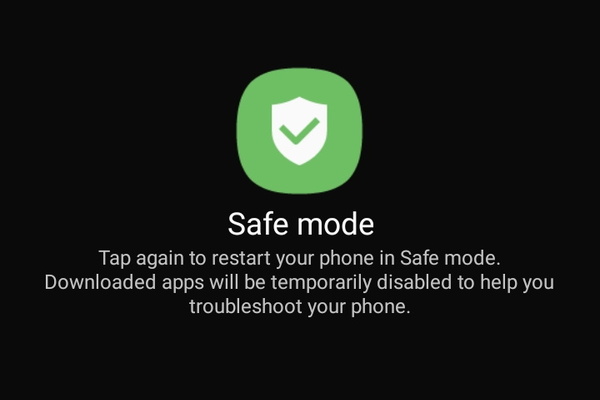HOWTO: Boot Android device into Safe Mode
James Delahunty
1 Sep 2021 9:27

Are you having trouble with your Android device? If you find that your device has become sluggish, is freezing, takes too long to boot or any of a host of other performance concerns, you may want to boot into Safe Mode.
Most Android users will only ever encounter Safe Mode if their device boots into it automatically. This can happen for a variety of software and hardware related reasons. It is usually a sign of trouble if it happens automatically.
What is Safe Mode? Why would you use it?
Even though it can be a bad sign if your device automatically boots into Safe Mode, it can be very useful to boot into manually. For starters, in Safe Mode the device will not have third party apps running. It will also automatically put the device in Airplane Mode which disables the Wi-Fi and other networking from boot. You can enable these yourself in Safe Mode if you exit Airplane Mode.
If you reboot your device into Safe Mode and the problems you were having seem to be gone, then the issue is probably down to one or more third party Apps behaving badly. If the problems persist, it is the Android system (perhaps a botched update or an unofficial ROM that is not fully compatible?) or there is a hardware issue (e.g. degrading storage, battery).
So how do you put your device into Safe Mode manually? It's actually very easy and works for most devices, though it may look a little different on each device.
How to boot into Safe Mode
For most Android phones, it will be possible to boot into Safe Mode right from a powered off state. For example, for Samsung and other devices, Power On the device as normal and as soon as you see anything on screen (samsung logo etc.), hold the DOWN VOLUME button in. Keep it pressed in until the device fully boots and chances are you will be in Safe Mode. This is particularly useful to check when a device can't seem to boot properly at all.
If you can boot yourself device and want to reboot into Safe Mode, the first thing you need to do is hold the Power button on your device until you get Power options. You are looking for the Power Off button, which looks different on different versions of Android and different devices. Here are some examples.
| LineaseOS 18.1 | Samsung OneUI Android 11 |
When you see the Power Off option, you next need press the Power Off button and hold it (don't just tap, as it will Power Off altogether). You should then see the option to boot your device into Safe Mode.
Again, this will look different across devices, Android versions, ROMs etc. Here are a couple of example.
| LineaseOS 18.1 |
| Samsung OneUI Android 11 |
What does Safe Mode look like?
Above is roughly what Safe Mode looks like. It displays Safe Mode in the bottom corner, the widgets on your Home Screen simply do not work, and a lot of your third party applications will be off limits. In the case above, they are even dimmed out but this won't always happen on a device. It also is not connected to Wi-Fi given that it is automatically in Airplane Mode.
To get out of Safe Mode, either restart manually, or hold the Power button on your device down for around 30 seconds for a hard reboot.